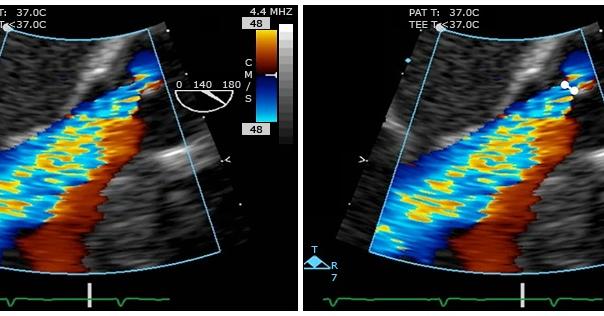Are you curious to know what is vena contracta? You have come to the right place as I am going to tell you everything about vena contracta in a very simple explanation. Without further discussion let’s begin to know what is vena contracta?
Fluid dynamics is a fascinating branch of science that explores the behavior of fluids, gases, and their interactions with various factors. In this realm, the concept of “Vena Contracta” holds significant importance. Vena contracta refers to the narrowest point of a fluid jet or flow emerging from an orifice or opening. This seemingly simple phenomenon carries profound implications across disciplines, from physics and engineering to medicine. In this blog, we dive into the world of vena contracta, unraveling its principles, applications, and the insights it offers into fluid behavior.
What Is Vena Contracta?
The term “vena contracta” originates from Latin, where “vena” means vein and “contracta” means contracted. In fluid dynamics, it specifically refers to the point at which a fluid jet, emerging from an opening or orifice, reaches its minimum cross-sectional area due to the constriction caused by the surrounding environment.
Principles Of Vena Contracta:
The phenomenon of vena contracta is governed by principles related to fluid mechanics, particularly the conservation of mass. When a fluid flows through an orifice or nozzle, its velocity increases as it passes through the constriction. According to the principle of continuity, the mass flow rate remains constant within the system. As the velocity increases, the cross-sectional area of the jet decreases, leading to the formation of the vena contracta.
Applications Across Disciplines:
- Physics and Engineering: Vena contracta has applications in fields such as fluid dynamics, hydraulics, and engineering. It influences the design of nozzles, valves, and orifices, impacting their efficiency and performance.
- Medicine: In the medical field, vena contracta is utilized to understand and analyze blood flow through constricted orifices, such as heart valves. It helps diagnose and assess conditions like valvular stenosis or regurgitation.
- Aerospace: The concept of vena contracta is relevant in aerospace engineering, where it affects the behavior of fluid jets in propulsion systems, such as rocket engines and jet turbines.
Measuring And Calculating Vena Contracta:
The vena contracta can be visualized and measured experimentally using techniques such as flow visualization and dye injection. It can also be calculated using fluid dynamics equations based on principles of continuity and conservation of energy.
Fluid Behavior Insights:
Understanding vena contracta provides insights into how fluids behave under constrained conditions. It helps researchers and engineers predict pressure drops, velocity changes, and flow characteristics in various systems.
Conclusion:
Vena contracta is a captivating concept that demonstrates the intricate behavior of fluids under constriction. From the flow of liquids through engineered systems to the blood pumping through our hearts, vena contracta reveals the principles that govern fluid dynamics. This phenomenon serves as a reminder that even seemingly simple observations can hold profound implications and applications across multiple disciplines. By delving into the world of vena contracta, we gain a deeper appreciation for the beauty and complexity of fluid behavior in the natural and engineered world.
FAQ
What Is Vena Contracta And Why Does It Form?
Vena contract is the point in flowing fluid at where the pressure energy is minimum and kinetic energy is maximum. This phenomenon happens because of the fluid streamline can’t change its direction abruptly. Streamline can’t follow Sharpe angles so vena contract forms.
How Is Vena Contracta Formed In Orifice?
The reason for the phenomenon vena contracta is that the fluid streamline cannot abruptly change direction, streamlines are unable to closely follow the sharp angles in orifice, nozzle, and pipe. When fluid passes through the orifice, the gradual contraction of fluid takes place.
What Is Vena Contracta Related To Orifice Meter?
As liquid flows through the pipe, the flow suddenly contracts as it approaches the orifice and then suddenly expands after the orifice back to the full pipe diameter. This forms a vena contracta or a throat immediately past the orifice.
What Is The Vena Contracta Of A Venturimeter?
The converging section is known as the vena contracta zone. It has the least diameter along the length of the venturi pipe. The constriction then widens again to match the actual dimensions of the pipe. At the vena contracta zone, the velocity of the fluid reaches the maximum point.
I Have Covered All The Following Queries And Topics In The Above Article
What Is Vena Contracta
What Is Vena Contracta In Orifice Meter
What Is Vena Contracta In Fluid Mechanics
What Is Vena Contracta In Orifice
What Is Meant By Vena Contracta
What Is Vena Contracta In Echo
What Is Vena Contracta?
What Is The Vena Contracta
What Is A Vena Contracta
What Is Vena Contracta Width
What Is Vena Contracta
What is vena contracta?
